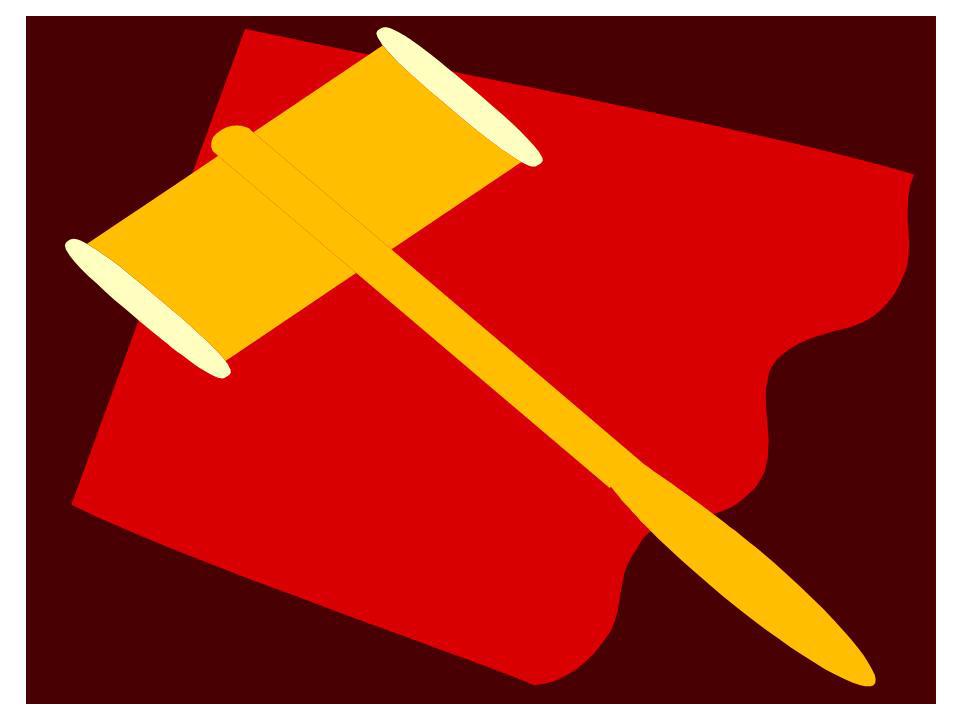|
Know Your Risks.  Don't Wait Until You Have a Claim! Don't Wait Until You Have a Claim!
Firms are accepting more risk and during a slow economy, claims and litigation increases. The economic climate is forcing firms to consider budget-cutting measures including layoffs, changing business strategies, operations and practices. All factors increase risk and exposures. Losses develop due to alleged negligence, error, omission and fraud thereby increasing professional lawsuits.
Eighty-two percent (82%) of insurance carriers specializing in Professional Liability (PL) for A/E firms participating in a recent SmartRisk survey stated firms are accepting more risk. Just to survive and obtain work, many firms are changing practices, service options and lowering standards and bids. These decisions are placing companies at higher risk. It is important firms realize where those risks lie. Architects, engineers and environmental consultants should being asking themselves targeted questions during this challenging economic and litigious period.
Key Questions:
• Are you lowering your acceptance standards (clients, projects types, fees, schedule, contract terms, etc.) to obtain work during this challenging period?
• If you have changed your standards, are you sure you consider the additional risk and implemented practices mitigating those exposures?
• Are practices in place for evaluating the project team (owner, consultants and contractors) including; financial capability, experience, insurance, past claim history, reputation, etc.?
• If your gross revenue has changed by greater than 20%, has a formalized analysis been performed of business practices ensuring effective operational performance?
• If staffing levels have adjusted by greater than 20%, has a formalized process been performed ensuring proper levels of qualified staff has been maintained?
• When expanding into new regions, project types or service segments, has the proper due diligence analysis been performed? (qualification and experience needed to be successful, legal and insurance requirements, licensing requirements, capabilities, etc)
• Do contracts or other agreements clearly outline; fees for basis services, additional services, billing and invoicing schedule, suspension and termination, limitation of liability (LOL), indemnification and mediation provisions?
• When selecting Professional Liability (PL) insurance, do you look beyond premium costs evaluating carriers?
(i.e. financial strength, performance, outlook, policy provisions, experience, pre-claim & claims handling, risk management program)
Do You Have the Right Risk Management Practices in Place?
Above are only a sample of questions that should be answered during this challenging period. Based on the significant adjustments firms are going through today, it is important to evaluate and incorporate the correct risk management strategy matching today’s challenges. A very successful method for evaluating risk management program efforts is through an SR Risk Assessment. This assessment process is described as similar to a “Peer Review” however focuses on risk and liability exposures and performed by an expert in the field of risk management. The SR Risk Assessment includes an in-depth analysis of practices, business operations and risk management strategies.
SR Risk Assessment Objective & Process
Evaluate key areas of risk, liability and vulnerabilities identifying areas of concern with mitigating strategies and recommendations. The risk assessment process includes evaluating; experience & staffing levels, financial capabilities, business operations & practices, project team management, project management and contract & insurance. If a firm is changing strategies, has had a claim or interested in an independent analysis of program practices, a risk assessment is an effective process for evaluating and identifying program enhancements.
When a firm focuses on risk management, the natural fallout improves overall performance and profitability. This “holistic” approach assists in protecting the overall financial viability and performance of a firm.
A/E firms, agents, brokers and insurance carriers have found SR Risk Assessments to be very helpful and beneficial.
Benefits:
* Independent third-part risk analysis
* Used for individual firms or projects
* Tailored SR Risk Assessment Report and Profile
* Recommendations mitigating future risk and liability
* Strategy and corrective actions implemented
* Rehabilitates firms with claim history
* Indicates a proactive risk management approach
* Improves performance & profitability
* Helps place and/or reduce insurance costs
Conclusion:
During an economic downturn and period of increased litigation, it is important to have the right risk management strategy and program in place. The economic crisis is forcing firms to change their operational profile and implement cost-cutting measures just to survive. That is natural in this environment. However, it is extremely important to know your risks and exposures when making those decisions. Properly implemented risk management strategies improves profitability and performance as well as mitigate risk. SR Risk Assessments are excellent tools for evaluating, measuring and implementing firm specific risk management programs.
Please contact SmartRisk for additional information on the SR Risk Assessment Report and process. If you are looking for more details on the survey conducted of the A/E Professional Liability (PL) Insurance Carriers, please go to SmartRisk products page www.smartrisk.biz/products.
|
